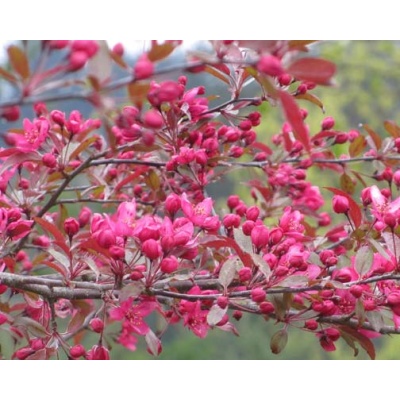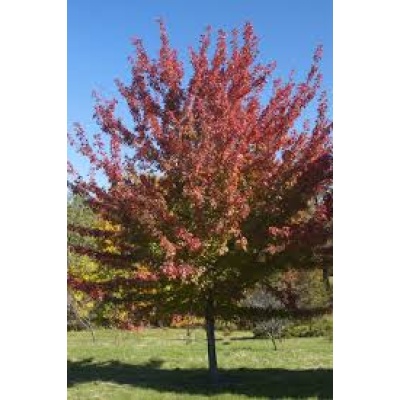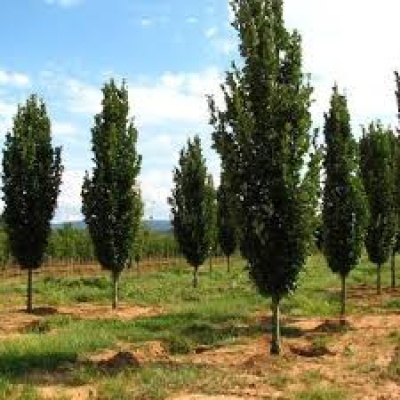Description
 Magnolia ‘Jane’
Magnolia ‘Jane’
Jane Magnolia
‘Jane’ is part of the Little Girl Series. Plants in this series flower about 2-4 weeks later than M. stellata and M. × soulangiana, thus reducing the risk of damage to flowers from late spring frosts. ‘Jane’ is primarily noted for its compact, upright habit, large reddish-purple flowers with white interiors and late bloom (mid-April to early May). It is a slow-growing, multi-stemmed, small, deciduous tree that typically rises over time to 20-25′ tall with a spread to 15-20′ wide. The cup-shaped flowers (to 4″ diameter) are reddish-purple with white interiors. Flowers bloom shortly before the foliage begins to appear. Flowers may sporadically repeat bloom in mid-summer. Ovate leaves (to 6″ long) emerge with copper-red tints in spring, turn dark green by late spring and finally acquire yellow to bronze-copper tones in fall.
Zone: 4 to 8
Height: 20.00 to 25.00 feet
Spread: 15.00 to 20.00 feet
Bloom Time: April to May
Bloom Description: Reddish purple with white interior
Sun: Full sun to part shade
Water: Medium
Maintenance: Medium
Suggested Use: Hedge, Flowering Tree
Flower: Showy
Tolerate: Clay Soil, Air Pollution




Reviews
There are no reviews yet.